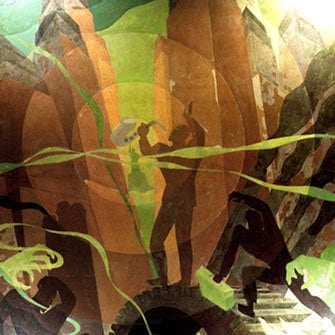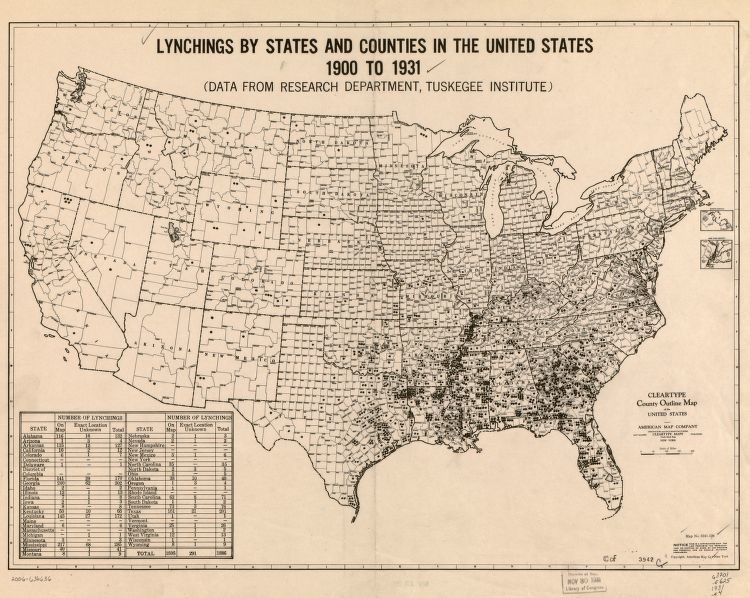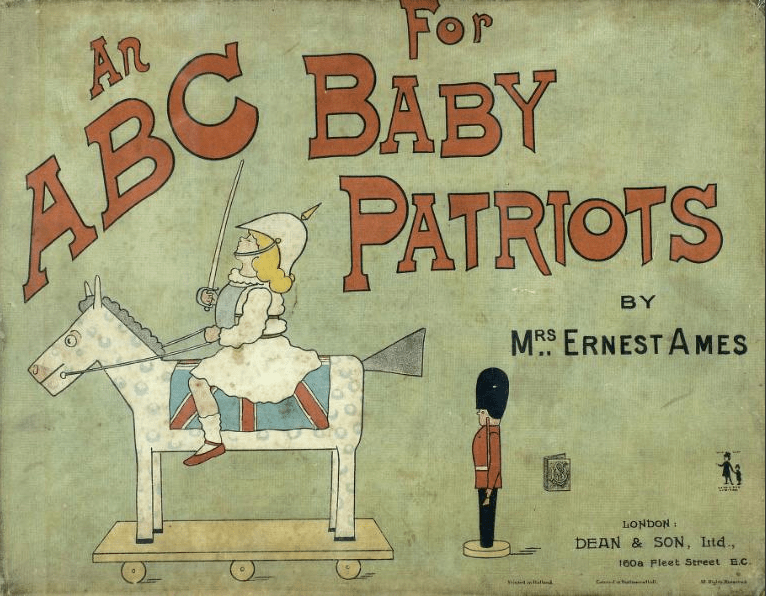For this assignment I chose to focus on the Harlem Renaissance and have my students explore the work of various African American musicians, artists, and writers, in order to identify the purpose of their work, and what it represented. This past semester I did a similar lesson to this DBL with my 11th grade history class for a 1920s unit. For that lesson I introduced similar sources to the ones in this assignment in order to guide my students to a deeper understanding of the Harlem Renaissance, and open a small discussion of race within America. The DBL I have created here will accomplish a similar goal.
For this lesson I wanted to introduce a more serious side of the Harlem Renaissance, and expose my students to these sources in order to guide them to understand a different perspective of America during this time period. Despite the Harlem Renaissance being a time and place full of spirit, opportunity, and pop-culture, it was also a time of opportunity to captivate audiences, black and white, and explore issues of race in America. For myself, the issues and concerns that are expressed in the documents provided by these artists, are still issues seen today. Following this DBL students can be asked to make connections to more modern day issues, compare and contrast, and reflect on American society today. As an educator I want to create a place where such discussions can be held with respect, because I do believe discussing situations and concerns such as this should be held in a classroom in order to help our students be more open minded, respectful, and well rounded to the world around them.
Artwork by:
Aaron DouglasAspects of Negro Life: Song of the Towers. Oil on canvas, 1934.
The New York Public Library, Schomburg Center for Research in Black Culture, Art and Artifacts Division.




